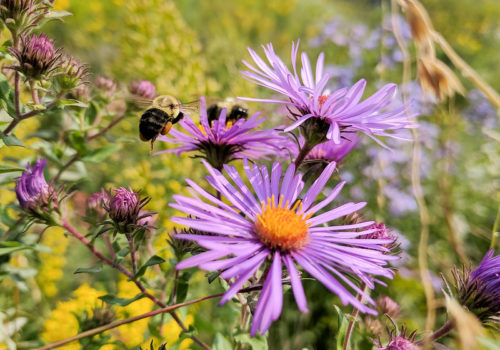News / May 10, 2024
Spring Maintenance for Native Plants: Prime Your Native Garden for a Successful Growing Season

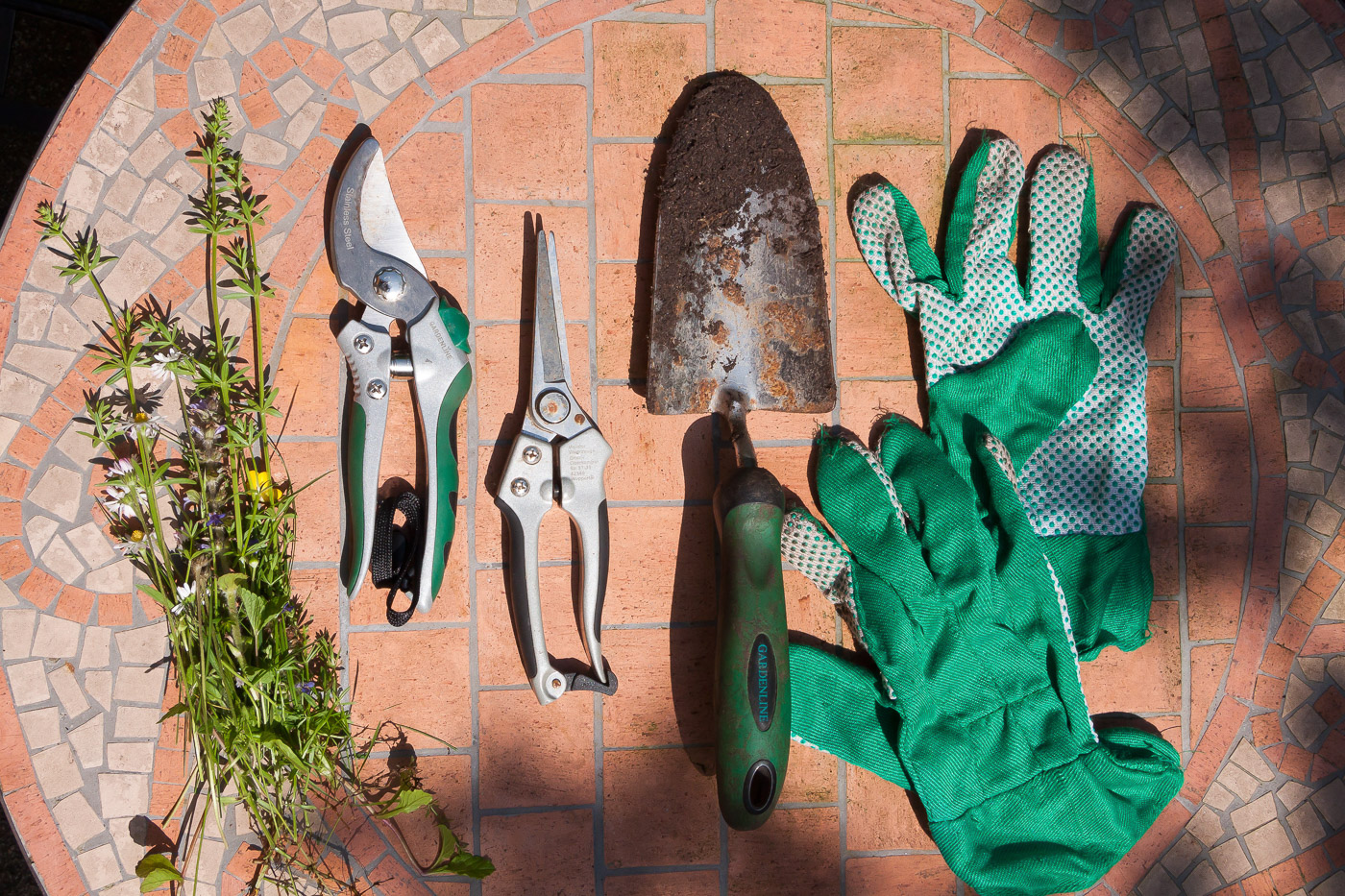
Planting some native perennials in your garden is a great way to support a healthy local ecosystem. Whether in a rain garden, a raised bed, or part of a formal landscape, native plants provide much-needed habitat for pollinators and other wildlife. They also capture and infiltrate stormwater runoff, which helps protect rivers and lakes.
In general, native plants require less maintenance than non-natives. In fact, it’s part of their appeal: native plants are perennial (meaning they’ll keep showing up year after year), and their deep roots and drought tolerance make them hardier than other species. But while a properly designed native plant landscape can be relatively low-maintenance when compared to non-native landscapes, there is no such thing as “no-maintenance” plants.
We put together a simple guide (and a how-to video, embedded below) to help you learn the basics of maintaining a native plant garden. Following these simple steps each spring will help your native plants survive and thrive throughout the rest of the year.
Trim Away Dead Plant Material
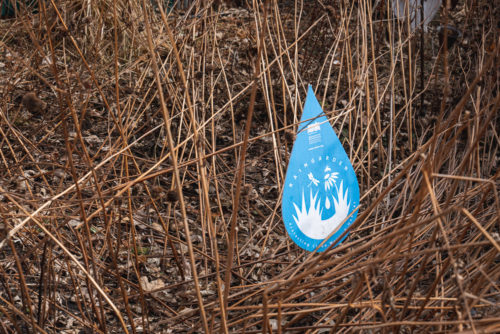
The first step to get your native garden in shape is to cut away the dead grass stalks, flowers, and other plant material from the previous year. This will make room for the returning plants to grow, giving them better access to sunlight.
The trick is to not do this too early in the season. Ideally, you should wait until temperatures have been consistently above 50 degrees Fahrenheit for at least five consecutive days. This will ensure that any pollinators that have been overwintering in your plants have had enough time to emerge.
Before cutting, locate the crown of the plant (the living part, underneath the dead material) and cut approximately 4 inches above it. This will ensure you don’t harm the re-growing portion of the plant.
If you have native shrubs, this is also a good time of year to do some strategic pruning. Any branches that aren’t budding or leafing can be removed. When cutting, locate the nearest budding leaves or flowers on the branch and be sure to cut above them.
You can dispose of your plant trimmings as yard waste or compost them as you see fit.
Weed Your Native Garden
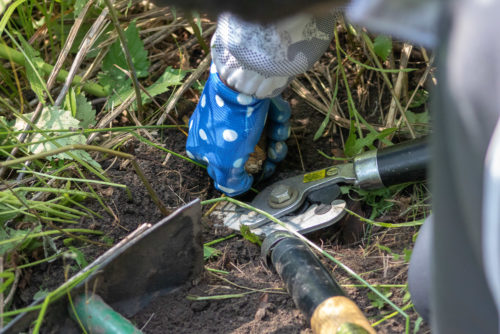
If your native plants are starting to grow again, surely the weeds are too. And now that you’ve cleared away all the dead plant material, you should have a clearer view of any unwelcome plants sprouting up in your garden.
You’ll want to remove any weeds by manually pulling them up by the roots. A simple hand trowel will usually suffice for this task, but you can also find a variety of weed-pulling tools at your local hardware store or home center. Watch for invasive weeds and grasses sneaking their way into native clump grasses; pull them out as best you can so they don’t out-compete your landscape plants.
While chemical herbicides could be used, we recommend hand-pulling and tending anything that can be done by hand. Chemical herbicide usage should be minimized and only used when invasive plant infestations are expansive or near monocultured in your yard.
If you’re not sure whether something is a weed, it’s okay to let it grow for a bit before you pull it. A few weeks of growing time might help you identify which plants are supposed to be in your garden and which ones aren’t.
Spread New Mulch
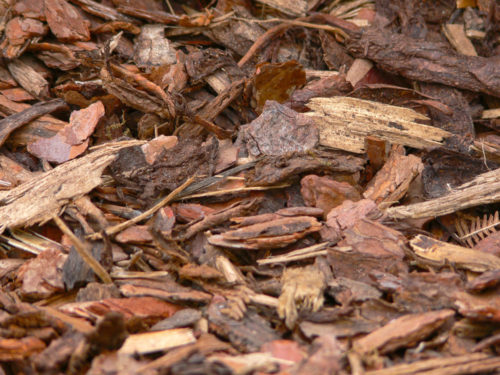
After you’ve trimmed away the dead plant material and pulled any weeds, it’s time to lay down a layer of fresh mulch. A 2-3 inch-deep layer is ideal, as it will block the growth of weeds and help lock in moisture and moderate the temperature of the soil beneath. A thick, uniform layer of mulch will also make it easier to identify and pull any new weeds that eventually manage to rise to the surface.
Make sure to leave a 2-inch gap between the mulch and the crowns of your plants, as piling the mulch up against your plants could lead to rot. Don’t worry about removing dead leaves or other plant material from your garden bed before laying down your mulch. The leaves will break down over time and provide a fresh infusion of nutrients to your garden’s soil.
In terms of what kind of mulch to use, there are many choices available, but we recommend shredded hardwood. In addition to blocking out weeds and retaining moisture, shredded hardwood mulch interlocks, helping hold it in place. Hardware stores and home centers sell many varieties of mulch, of course, but if you’re lucky you might also be able to score some for free from the Minneapolis Park and Recreation Board.


